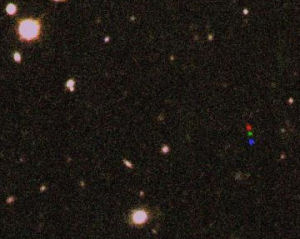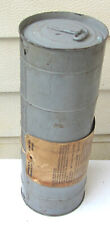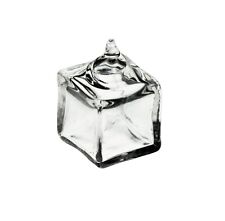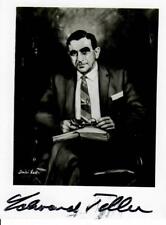
They’re bright, blue-and a bit strange, say Caltech astronomers who are puzzling over the lack of hydrogen in the spectrums of a number of distant stellar explosions. Caltech’s Robert Quimby, detailing the discovery inNature, said that six supernovae of this new type had so far been identified.
Back in 2007, Quimby discovered what was then the brightest supernova ever found: 100 billion times brighter than the sun and 10 times brighter than most other supernovae. Dubbed 2005ap, it was also a little odd, as its spectrum showed no signs of hydrogen, which is commonly found in most supernovae.
Around the same time, astronomers using the Hubble Space Telescope discovered a mysterious supernova called SCP 06F6. This supernova also had an odd spectrum, though there was nothing that indicated this cosmic blast was similar to 2005ap.
Quimby has since teamed up with other astronomers using various telescopes around the world to identify four other supernovae with unusual spectral signatures. Quimby then realized that if you slightly shifted the spectrum of 2005ap – the supernova he had found a couple of years earlier – it looked a lot like these four new objects. The team then plotted all the spectra together. “Boom-it was a perfect match,” he recalls.
According to Quimby, the two mysterious supernovae-2005ap and SCP 06F6-had looked different from one another because 2005ap was 3 billion light-years away while SCP 06F6 was 8 billion light-years away. More distant supernovae have a stronger cosmological redshift, shifting supernovae spectra toward the red end.
The four new discoveries, which had features similar to 2005ap and SCP 06F6, were at an intermediate distance, providing the missing link that connected the two previously unexplained supernovae. “That’s what was most striking about this-that this was all one unified class,” says Caltech’s Mansi Kasliwal, a co-author on the paper.
Even though astronomers now know these supernovae are related, no one knows much else. “We have a whole new class of objects that can’t be explained by any of the models we’ve seen before,” Quimby says. What we do know about them is that they are bright and hot – 10,000 to 20,000 degrees Kelvin; that they are expanding rapidly at 10,000 kilometers per second; that they lack hydrogen; and that they take about 50 days to fade away – much longer than most supernovae.
One possible model that would create an explosion with these properties involves a pulsating star about 90 to 130 times the mass of the sun. The pulsations blow off hydrogen-free shells, and when the star exhausts its fuel and explodes as a supernova, the blast heats up those shells to the observed temperatures and luminosities.
A second model requires a star that explodes as a supernova but leaves behind what’s called a magnetar, a rapidly spinning dense object with a strong magnetic field. The rotating magnetic field slows the magnetar down as it interacts with the sea of charged particles that fills space, releasing energy. The energy heats the material that was previously blown off during the supernova explosion and explains the brightness of these events.
These unusual supernovae could also reveal what ancient stars might have been like, since they most likely originate from stars around a hundred times more massive than the sun – stars that would have been very similar to the first stars in the universe.
Related:
Hubble snaps most distant galaxy yet
Anomalous supernova puzzles astronomers


















Comments are closed.